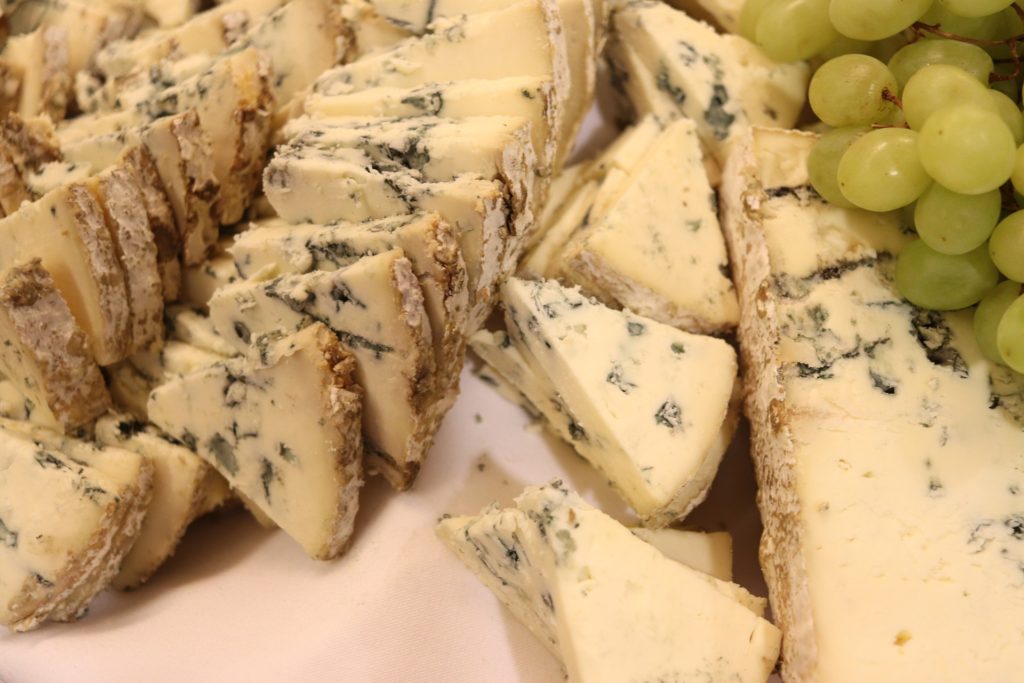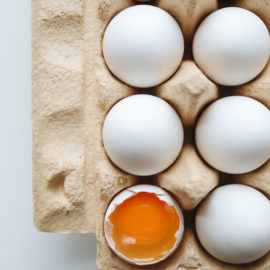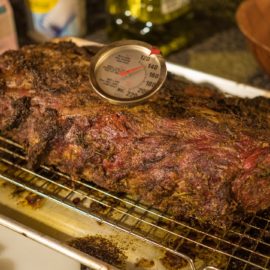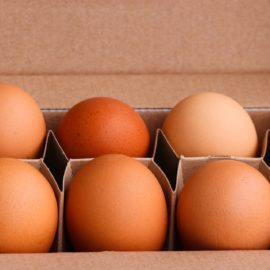
Contrary to popular beliefs that microorganisms are harmful, there are many beneficial microorganisms that live with us. Some of them are used in medicine production. While others are widely used in the food industry. Yogurt has lactic acid bacteria to aid in food digestion. The yeast Saccharomyces cerevisiae converts sugar into alcohol during the fermentation process of wine making. The fungus Penicillium roqueforti is responsible for the signature blue veins in blue cheese.
Table of Contents
Where is Penicillium roqueforti found?
Molds like P. roqueforti are a natural part of the environment. They especially grow and thrive well in humid and wet environments like caves. In fact, the first ever blue cheese was made in a cave, by accident.
According to a legend, in the 7th century, a man in the village of Roquefort in France forgot a pack of cheese and bread for lunch in a cave. A few months after, he discovered his cheese full of blue mold. This led to local cheese makers recreating this “beautiful accident”. The earlier versions of blue cheese used mold extracted by leaving bread in a cave for several weeks.
You might also like:How To Make Homemade Yogurt
What started out as an accident quickly made its way to the rest of Europe and North America. Today, modern cheese makers use commercially available P. roqueforti for making blue cheese—usually in freeze-dried form.
Want to make your own blue cheese at home? You are lucky. Because manufacturers of commercial P. roqueforti also produce strains in small packets or small bottles for hobbyists and enthusiasts as well—not just for big players in the cheese industry anymore. Give it a search.
Are there more steps in making blue cheese?
The process of making blue cheese is not very different in making other varieties of cheese.
First, raw milk (goat, cow, or sheep’s milk) is pasteurized. The pasteurization involves heating the milk at 72°C (162°F) for at least 15 seconds, but no more than 25 seconds. This destroys harmful bacteria or disease-causing pathogens.
Then the milk is acidified by adding a starter culture of lactic acid bacteria. This part of cheese making turns the lactose (sugar) in milk into lactic acid (lactic acid fermentation). The increase in acidity makes the proteins (casein) attract one another. This results in coagulating or curdling of the milk. Or turns the milk liquid into semisolid, to simply put. Rennet is added to further the thickening of the curd. This makes the separation of the curd from the whey (the liquid left after the curd forms) easier.
You might also like: Factors That Affect Growth of Harmful Microorganisms
At this stage, the P. roqueforti spores are added. Some manufacturers introduce the spores before the curds form.
These curds are ladled and rolled into wheels and settled by inverting them a few times. Then for 24-48 hours, the blue cheese undergoes the salting process. The salting process is a very essential part. It adds flavor, helps improve texture, and controls moisture of the blue cheese. It also controls bacterial growth during the aging process.
Needling is essential during the aging process
Next, the blue cheese is undergo needling or piercing. Needling in an integral part of the process. It involves piercing (by hand or machine) the cheese multiple times. This allows oxygen to reach the interior of the cheese since the mold is an aerobic microbe. Aerobic microbes do not grow well when oxygen is limited. The blue veins manifest in the early part of aging when pierced properly.
The aging or ripening of blue cheese takes 3 to 6 months.
What makes Penicillium Roqueforti in blue cheese unique?

During aging, the growth and enzymatic activities of the blue mold influences the flavor compound formation as it consumes milk fat. P. Roqueforti can degrade up to 25% of triacylglycerol fat in the cheese. This produces flavor compounds that give blue cheese its distinct flavor and aroma. These compounds include methyl ketones, alcohols, esters, lactones, and aldehydes. The specific flavors and flavor intensities found in blue cheeses will depend on their relative quantities.
And needless to say, Stilton, Danish blue, and Roquefort cheese have that characteristic greenish-blue veins because of P. Roquforti.
If P. roqueforti is mold, then why is it safe in cheese making?
Certain molds or fungi are able to produce mycotoxins including aflatoxins, patulin, alkaloids and ochratoxin. They are common in many food items like cereals, nuts, beans, and fruits. When ingested, mycotoxins may cause nausea, vomiting, fatigue or even cancer to humans.
P. roqueforti is also capable of releasing toxins or secondary metabolites. Studies have shown that this fungus can produce PR-toxin, patulin, the neurotoxin Roquefortine C, mycophenolic acid, and Isofumigaclavine. But luckily, these toxins are unstable and produced in very low amounts in cheese that there are no potential human health hazards.
However, like most suggest, it is better to use strains of P. roqueforti that do not produce mycotoxins or secondary metabolites.


